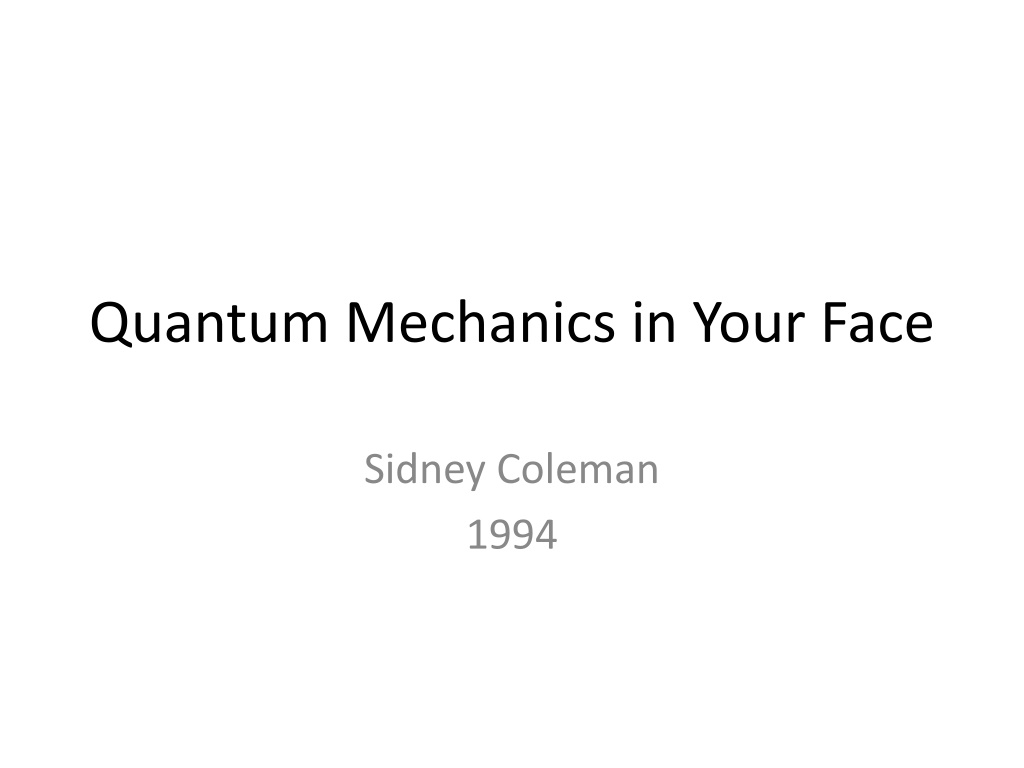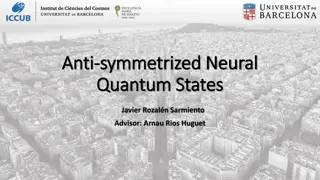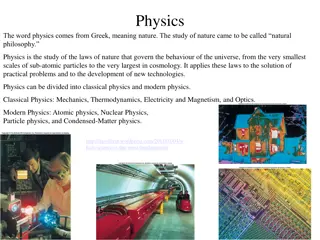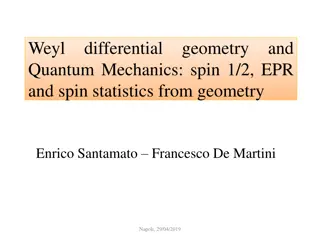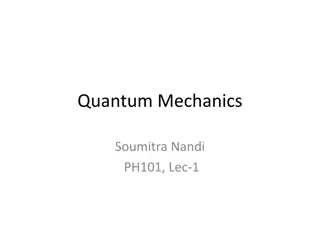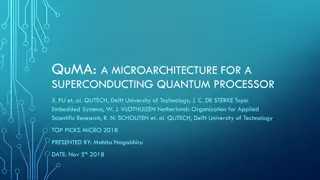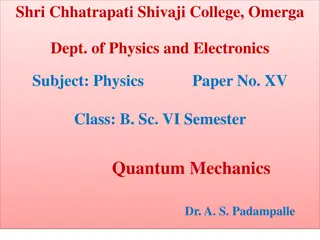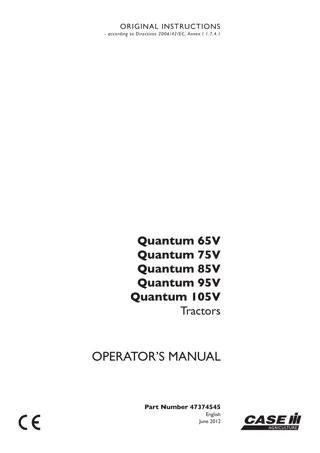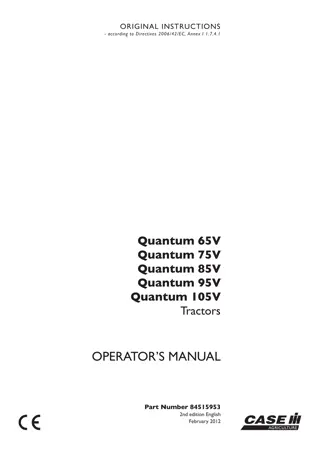Quantum Mechanics in Your Face
This content provides a concise overview of key concepts in quantum mechanics, covering topics like the GHZ effect, Schrödinger's cat, observables, and measurement probabilities. It presents fundamental principles in a clear and accessible manner, referencing notable works and discussing interpretations of quantum reality. The material delves into eigenvalues, projection operators, and hidden variables, offering insights into the intriguing world of quantum mechanics.
Download Presentation

Please find below an Image/Link to download the presentation.
The content on the website is provided AS IS for your information and personal use only. It may not be sold, licensed, or shared on other websites without obtaining consent from the author.If you encounter any issues during the download, it is possible that the publisher has removed the file from their server.
You are allowed to download the files provided on this website for personal or commercial use, subject to the condition that they are used lawfully. All files are the property of their respective owners.
The content on the website is provided AS IS for your information and personal use only. It may not be sold, licensed, or shared on other websites without obtaining consent from the author.
E N D
Presentation Transcript
Quantum Mechanics in Your Face Sidney Coleman 1994
Outline A quick review of (vernacular) quantum mechanics Better than Bell: The GHZM effect The return of Schr dinger s cat There is no representation, express or implied, that any part of this lecture is original.* * Or that any account is taken of classical or quantum gravity
Some Things Everyone Knows (Even if not everyone we ??? them) The state of a physical system at a fixed time si a vector in a Hilbert space | >, normalized such that < | > = 1 It evolves in time according to id/dt | > = H | > The Hamiltonian, some self-adjoint linear operator
Some (maybe all) self-adjoint operators are observables If | > is an eigenstate of the observable A with eigenvalue a A| > = a| > Then we say, the value of A is certain to be observed to be a. [Strictly speaking, just a definition, but there is an implicit promise (cf. F=ma)]
Every measurement of A yields one of the eigenvalues of A. The probability of finding a particular eigenvalue a is || P(A;a)| > ||2 Where P(A;a) is the projection operator on the subspace of states with eigenvalue a. (I assume, for notational simplicit, that A has only a discrete spectrum.) If a has been measured then the state of the system after the measurement is P(A;a)| > || P(A;a)| > || Much more about this later
Credits for the next part A. Einstein, B. Podolsky, N Rosen, Phys. Rev. 47 (1935) 777. J. S. Bell, Rev. Mod. Phys. 38 (1964) 403 Physics 1 (1964), 195. N. D. Mermin, Physics Today, April 1985, p.38 D Greenberger, M. Horne, A. Shimony, A. Zeilinger Am. J Phys 58, (1990) 1131 N.D. Mermin, Am. J. Phys. 58 (1990), 731. Physics Today, June 1990, p.9
Dr. Diehard neither believes in nor understands quantum mechanics. Deep down, it s all classical! Probabilistic? Just classical probability! subquantum or hidden variables; may be very many; may involve apparatus as well as system A = A(a) Prob{A=a} = (a-A( ))d (x) Probability distribution for the hidden variables a result of our ignorance of some quantum reality. Something else down here; SC is talking about Bell s paper & deBroglie s pilot waves.
x = ct t (yrs) B A x (light yrs) B (same event; different frame of reference) But spacelike-separated measurements can not interfere with each other (unless we have propagation of influence backward in time) We now have a contradiction with the predictions of quantum mechanics for simple systems.
+ - ? A off B Acme Little Wonder Dual Cryptometer 1 3 2 Fig. 2 The Diehard Experiment Observers 1,2,&3 are several light-minutes apart. Each has a dual cryptometer.
The Diehard team obtains records like: Station 1 Station 2 Station 3 Signal 1 A1 = 1 A1 = 1 B1 = 1 B2 = -1 A2 = -1 B2 = 1 B3 = -1 B3 = 1 A3 = 1 Signal 2 Signal 3 ... etc. They find that whenever they measure A1*B2*B3 it is +1. Likewise for B1 A2 B3 and B1 B2 A3. (one A & two B s) They deduce that A1 * A2 * A3 = 1
Behind the Scenes | > = [ | > - | >]/ 2 A1= x1 ; B1 = y1; etc. A1B2B3| > = x1 y2 y3 | > = (-1)(i)(i)| > = | > etc. for B1A2B3 & B1B2A3. but... A1 A2 A3| >= x1 x2 x3 | >=(-1)(-1)(-1)| >= | > spooky action at a distance ?
Every successful physical theory swallows its predecessors alive But it does so by interpreting the concepts of the old theory in terms of the new Not the other way around Thus our subject is not the interpretation of quantum mechanics . It is the interpretation of classical mechanics. 36:00
3. Credits for the Next Part J. von Neumann, Mathematsche Grundlagen der Quantenmechanik (1932) H. Everett III, Rev. Mod. Phys. 29 (1957), 454. J Hartle, Am. J. Phys. 36 (1968) 204 E Farhi, J Goldstone, S Gutmann, Ann. Phys. 192 (1989), 368.
Electron prepared in x eigenstate, | > = [ | > + | >]/ 2 I measure z; get either | > or | > with equal probability Nondeterministic reduction of the wave function Electron as before, add the measuring device in some neutral ground state: | > = [ | ,Mo> + | ,Mo>]/ 2 Electron interacts with device | > = [ | ,M+> + | ,M->]/ 2 I measure z; get either | , M+> or | , M-> with equal probability
Making it more complicated Add Robot Gort Add colleague The problem of death Aharonov s question Before you were born, could your father reduce wave packets? 41:30
I would argue that there is... NO special measurement process NO reduction of the wave function No indeterminacy NOTHING probabilistic in quantum mechanics ONLY deterministic evolution according to Schr dinger s equation Ridiculous E Schr dinger (1935) Absurd E.P. Wigner (1960) Why do I, the observer, perceive only one of the outcomes? Zurek (1990)
N. Mott (1930) asked, If an ionizing particle is emitted in an S-wave at the center of a cloud chamber, why is the ionization track a straight line rather than some spherically symmetric distribution? [Of course, we must assume that particle momentum is unchanged (to within some small angle) when it scatters off an atom.] Let |C> be the state of the cloud chamber. Define a linearity operator L L|C>=|C> if the track is straight, L|C> = 0 on states orthogonal to these | > = | k, Co> | 0,k>; a state where particle is concentrated near the center in position and near k in momentum. Now consider | c> = d k | k, Co> | c>= d k| 0,k> L | c> = | c> The problem is that people think the particle is a quantum-mechanical system, and the cloud chamber is not.
Back to Zureks question: The observer s consciousness is part of the system Hilbert space of states of observer |S> HS Introduce D, the definiteness operator D |S> = |S> if observer is sure he s observed one of the outcomes; 0 on states orthogonal to these Same story as Mott s cloud chamber (argument on previous slide repeats)
Classical Probability Suppose we have an infinite sequence of 1, or equivalently a sequence r(r=1,2,...) Sequence of independent random flips of a fair coin if < > = limN-> (1/N) 0N r = 0 also correlation < a> = limN-> (1/N) 0N r r-a = 0 and triplets, and so forth
Quantum Probability Consider an infinite sequence of z average value of z is guaranteed to be zero zr zs| > = rs limN-> || zN| >||2 = limN-> (1/N2) N = 0 This is a definite deterministic state definitely a random sequence Impossible in classical mechanics Stoppard s Wittgenstein
